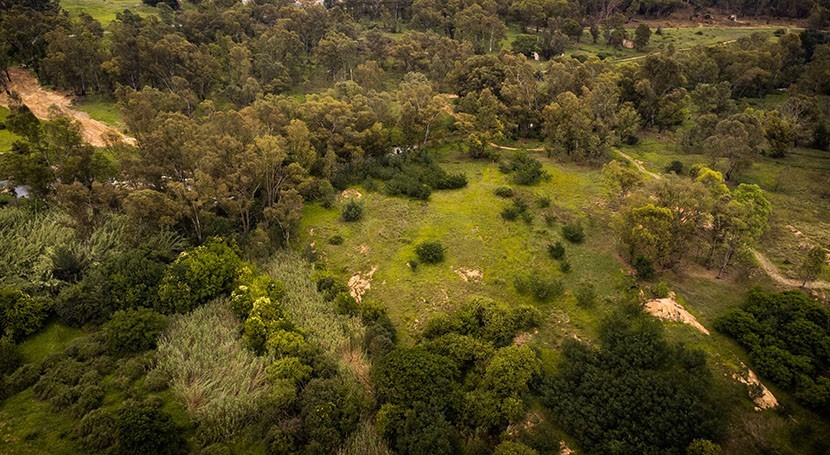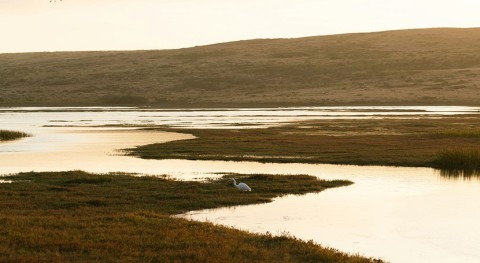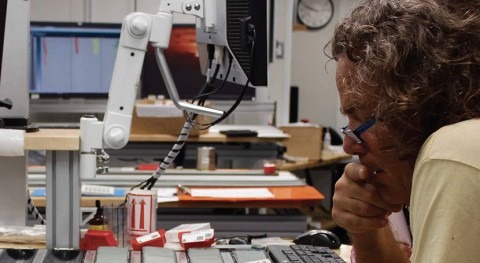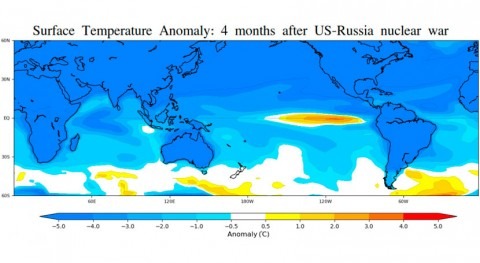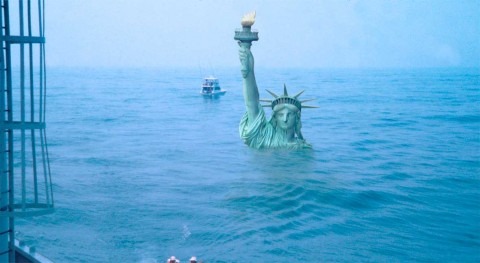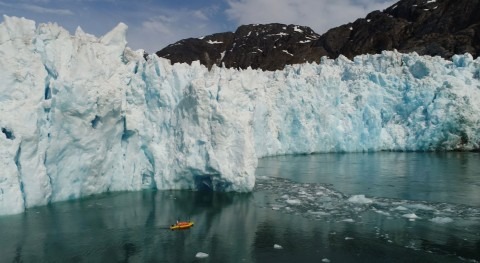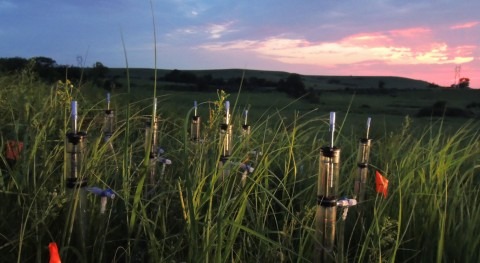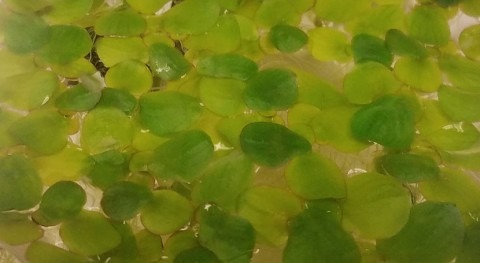A portion of Amazonian lowland rainforest – areas critical to absorbing carbon dioxide and buffering climate change – may morph over time into dry, grassy savannas, according to a Rutgers-led study.
The report, published in the scientific journal Proceedings of the National Academy of Sciences, described a new understanding of how alternating flooding in the wet season and drought in the dry season, called double-stress, can limit forest establishment and favor short-lived grass species.
“Because predictions of future climate indicate a drier climate for the tropics, knowing where and how today’s forests will become savannas will help us predict how the carbon cycle may change, exacerbating warming,” said Caio Mattos, a lead author who conducted the research as a doctoral student in the Department of Earth and Planetary Sciences in the Rutgers School of Arts and Sciences. “We showed that several areas of the Amazonian rainforest, which were previously thought to be protected, will be at risk of undergoing a change towards a savanna-like state.”
The Amazon region helps stabilize the global climate, storing about 123 billion tons of carbon above and below ground, according to the National Oceanic and Atmospheric Administration (NOAA). Losing trees to a process the study described as “savannization” means the Amazon’s ability to store carbon could be impacted.
The findings help explain why forests and savannas can coexist side by side under the same climate today, with forests occupying stably flooded areas, such as the vast swamp forests in interior Amazonia, or stably droughted, such as the forests on well-drained upland.
A portion of Amazonian lowland rainforest – areas critical to absorbing carbon dioxide and buffering climate change – may morph over time into dry, grassy savannas
This implies that, under a future climate that is projected to be drier, some of the permanently flooded lowland Amazon will start to “feel” a dry period, subjecting the forests to double-stress or savanna conditions in the heart of the Amazonia.
“This study demonstrates the power of hydrology in explaining the structure and function of vegetation ecosystems,” said Ying Fan Reinfelder, a professor in the Department of Earth and Planetary Sciences in the Rutgers School of Arts and Sciences and a co-author of the study. “We argue that global change research can benefit from a sharpened focus on hydrological change.”
These findings, Reinfelder said, contrast with the conclusions of most studies on the future of the Amazon, which have concluded that this forest-savanna conversion is likely to be confined to one area of the Amazon – its drier southern portion.
A forest is defined as an area of land dominated by trees and characterized by its thick canopy. A savanna is a mixed woodland-grassland system with trees sufficiently spaced to allow sunlight to promote grass growth.
Oceans and forests represent the two largest natural carbon “sinks,” or absorbers, on earth. Trees pull carbon out of the air during photosynthesis. Savannas, while vital sources of biodiversity, store far less carbon per acre.
Scientists have known for decades that the edges of the Amazon are threatened by deforestation brought about by population pressures and climate change. The study revealed insight into a mechanism that is likely to affect the interior Amazon.
“We found that flooding is key,” said Mattos, now a postdoctoral researcher at Princeton University. “In some parts of the landscape, groundwater fluctuates between being too shallow – drowning tree roots – and too deep – depriving roots of water. This double stress is only tolerated by savanna plant species. Forests only thrive when situated in stable upland, which is never flooded, or in stable lowland, where it is always flooded.”
To reach their findings, the scientists looked to the science of hydrology, the study of the properties of the earth’s water on land. To simulate the Amazon region’s water cycles in the present, they employed a complex computer model, essentially a series of equations representing various hydrological conditions – including river heights, soil moisture levels and evaporation rates. Next, they ran the computer model using climate projections for 2090-2100 using data provided by scientists from the United Nations' Intergovernmental Panel on Climate Change (the Hadley Center Model) to map the areas that may be changed from permanent flooding to double stress.
A comparison between present representations and future simulations of hydrological stress showed effects on several ecologically critical areas. Floodplain forests in interior areas of the Amazon region, such as within the state of Amazonas and along the Madeira and Upper Negro rivers – regarded as some of the most biologically rich floodplain forests in the world – likely will be affected. Large areas of peatlands in Peru, another area that efficiently absorbs carbon, may also be altered, leading to decomposition and consequent release of carbon dioxide into the atmosphere, accelerating warming.
Other researchers on the study included Marina Hirota and Bernardo Flores of the Federal University of Santa Catarina in Brazil, Rafael Oliveira of the University of Campinas in Brazil, Gonzalo Miguez-Macho of the Universidade de Santiago de Compostela in Spain and Yadu Pokhrel of Michigan State University.


